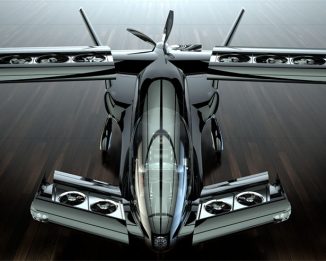

“Only the safest eVTOL companies with sufficient data and evidence to support their product claims in this area will be able to secure affordable insurance. This will require huge amounts of data for them to review, covering a wide range of issues such as safety, operational cost, vehicle performance and reliability, to the level of pilot training required.

But Horizon believes the aviation insurance sector will evolve and develop products to understand, mitigate and manage risk for the eVTOL market, which will in turn help it to thrive.īrandon Robinson, CEO and Co-Founder of Horizon Aircraft said: “Insurance coverage for eVTOLs will be a new product with unique risk exposures that will need to be assessed by insurers. With passengers onboard, potential liability for air taxis escalates dramatically. Horizon Aircraft says the insurance sector’s process of developing policies for air taxis will be dramatically different to their approach to smaller unmanned aircraft systems because the level of damage or injury capable of being inflicted are radically different. For example, flexible pilot warranties are being replaced by annual make and model specific pilot training requirements, and pilot age is becoming an increasingly hot topic for underwriters. The company also warns it will be difficult for eVTOL manufacturers and operators to secure insurance because there is currently a general lack of competition in the aviation insurance market, and less flexibility as more insurers shift towards increasingly traditional underwriting of pilots and risks. This is the view of Horizon Aircraft, the advanced aerospace engineering company that has developed the Cavorite X5, the world’s first eVTOL (Electric Vertical Take-off and Landing) that can fly the majority of its mission exactly like a normal aircraft.


Most eVTOL aircraft seeking to become commercially operational will fail to secure insurance at an affordable price as they will be unable to meet the requirements of insurers, which includes providing them enough data for their underwriters to assess the risks. It’s exciting stuff, but who will insure the first generation of luxury Uber vehicles in the skies? Tricky one. One solution to the problem is hybrid aircraft, that use a mix of propulsion systems. The idea that the global elite could join the hordes of e-scootering commuters down there at street level is insane, offensive even. Unladen with cargo or passengers, it'll fly more than 625 miles (1,000 km).Part of the greener infrastructure of the future will probably involve flying super-wealthy people around large cities like London, LA, NYC, Shanghai or Dubai. Horizon claims that with an LS V8 engine on board and a relatively modest battery system, the Cavorite X5 will offer fully-loaded ranges up to 310 miles (500 km) with 215 mph (350 km/h) cruise capability and the ability to fill up and fly home on pump gas. Once in forward flight, the wings close over, restoring the aerodynamically-efficient shape of a standard wing. Lots of fun, and an appropriately anti-gravitational name for a vertical-lift five-seater like this, the Cavorite X5.
#CAVORITE X5 HYBRID EVTOL WINDOWS#
Thus, Cavor uses it as the heart of a fin-de-seicle spacecraft, opening and closing windows in a shielding mechanism surrounding a Cavorite sphere and effectively controlling the effects of gravity itself as a propulsion system. Cavor, which, when cool, is able to cancel out the effects of gravity on anything it covers. In the book, it's a metal alloy, created by a Mr. Wells in his 1901 book The First Men in the Moon.


 0 kommentar(er)
0 kommentar(er)
